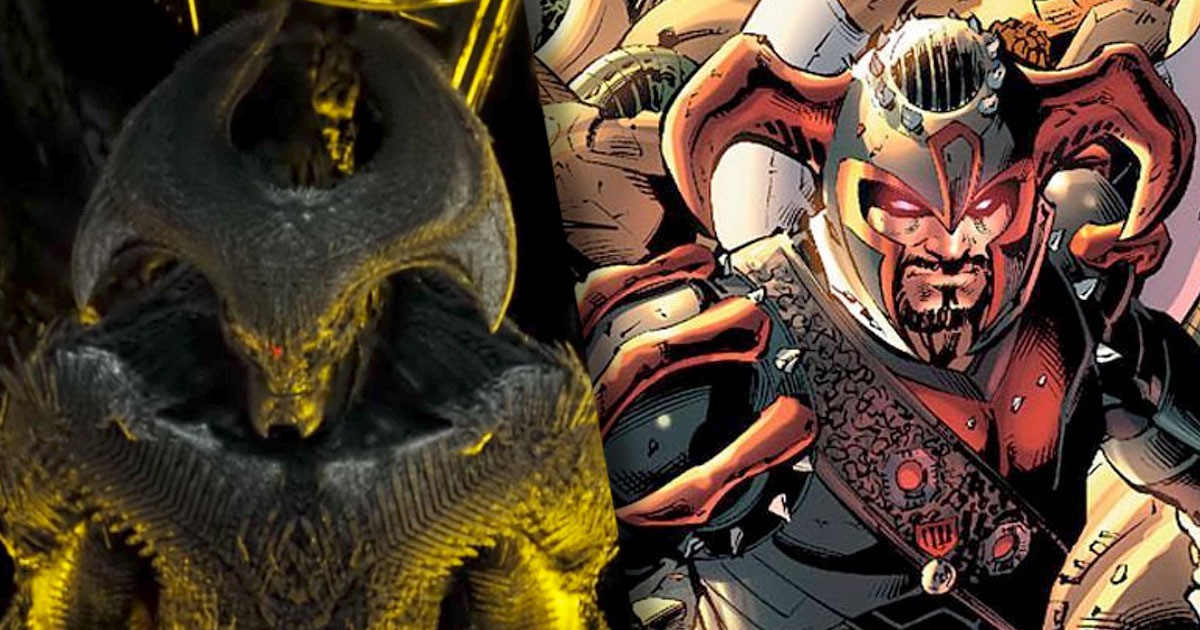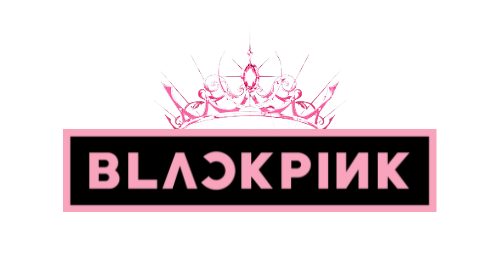
How Steppenwolf Captured the Spirit of the Late 60s Rock Scene
Steppenwolf, a band synonymous with the heavy, electric sound that characterized the late 1960s rock scene, left an indelible mark on the era with their music, ideals, and lifestyle. Formed in 1967, the band emerged from the thriving backdrop of the Los Angeles music scene, where counterculture ideals and groundbreaking sounds collided. With their rugged style and rebellious anthems, they perfectly encapsulated the spirit of the times, addressing issues of freedom, individuality, and societal disruption, which resonated with a generation searching for identity.
The Raw Energy of Steppenwolf's Sound
Steppenwolf’s music brims with the raw energy that defined the rock scene of the late '60s. Their fusion of blues, rock, and folk contributed to a sonic palette that was as diverse as the youth culture itself. The band's breakout hit, "Born to Be Wild," has become synonymous with the freedom-loving spirit of the era, especially as it was featured prominently in the iconic film "Easy Rider." The song’s driving guitar riffs and rebellious lyrics served as rallying cries for a generation eager for change and liberation, embodying the motorcycle culture that symbolized freedom during that tumultuous time.
Counterculture and Social Commentary
At the core of Steppenwolf's lyrics was a keen social commentary that resonated with the counterculture movement. The band didn't shy away from addressing issues like war, drugs, and civil rights, using their platform to challenge the status quo. Songs like "The Pusher" not only highlighted the dangers of drug addiction but also critiqued society's complicity in the problem. This approach connected deeply with listeners who were navigating a complex world filled with political unrest and cultural upheaval. The band's willingness to tackle these issues head-on cemented their legacy as voices of a generation seeking authenticity in art and life.
The Lifestyle Reflected in Fashion
Steppenwolf’s identity was not just confined to their music; their fashion and lifestyle also played a significant role in their image. The band members epitomized the rock and roll lifestyle of the era, proudly showcasing long hair, leather jackets, and a general ethos of rebellion. This iconic style helped to solidify their status in the growing youth culture, as fans emulated the band's distinctive looks. Moreover, the Steppenwolf Shop emerged as a testament to their influence, offering merchandise that celebrated the rock lifestyle. This shop became a hub for fans, reflecting the unique bond between the band and their audience, while also serving as a marketplace for rebellion-themed attire and memorabilia, further intertwining music and fashion.
The Lasting Legacy of Steppenwolf
As the late 1960s transitioned into a new era, Steppenwolf's sound and message continued to resonate. Their music remains timeless, played on airwaves and streamed by new generations who seek the authentic voice of a bygone era. Modern bands cite Steppenwolf as a significant influence, reminding us that the spirit of that distinctive decade continues to inspire artists today. The legacy they created captured not only the sound but also the ethos of a defining cultural moment in history. Steppenwolf helped shape the rock music landscape, ensuring that their songs and ideals live on, echoing the sentiments of freedom and youthful rebellion that continue to inspire today.









